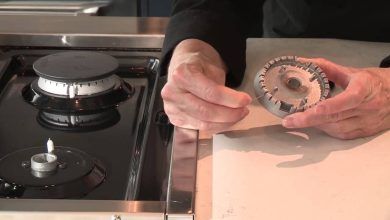
Tensile fabric structure history
Tensile fabric structures are, at their most basic, a sheet of fabric or even an animal skin, stretched between some trees. Humankind has been using them since, quite literally, we first set foot on the planet many millions of years ago. Since then, of course, they have evolved into the many magnificent constructions that we see in the world around us today.
In the beginning
Scouts, Guides, Boys Brigade… many of us will have been there in our youth. Curled up in a ‘not-quite-warm-enough’ sleeping bag in a tent that we didn’t quite manage to put up properly, trying unsuccessfully to keep warm. What we probably didn’t realise is the vital role that tents played in the development of tensile structures.
In indigenous communities, it is still possible to see examples of early styles of ‘tents’. These usually took the form of tanned animal hides, which had the advantage of being readily available as a by-product of whatever the community had managed to eat, stretched taut over some kind of rigid building material.
The precise type of materials used varied, based simply on what was available from place to place. Seal-skins and whale-bone were often used in Arctic areas whilst wood and buffalo hide were often utilised by our African forebears.
In the Modern Day
The use of tensile fabrics in Fabric Roof Structures in modern design is widespread in both temporary and permanent structures.
Through the use of modern fabrics and lightweight, high-strength materials such as fibreglass, modern tents have progressed to such an extent that they can be used, and re-used, in even the harshest of environments. Tensile fabric structures, however, are no longer limited to use in tents and shelters.
Architectural uses for tensile fabric have expanded hugely in recent years as designers from sites like spatialstructures.com/building-systems-explained and engineers like have begin to experiment with the tensile strength and properties of the materials. From stadium roofs to the interior ceilings of railway stations, tensile fabrics have seen use in the widest range of situations, providing safe, strong, architecturally useful and aesthetically pleasing results.
Tensile fabric material was also used in 2007 in the world record breaking construction of the largest temporary building in Europe – the volunteer canteen at the 21st World Scout Jamboree held in Essex, England in July and August.







